Casino Architecture That Defines Cities
Cities often use bold structures to project identity, and few buildings do that more than grand casino buildings — not just as entertainment venues but as architectural symbols. In an age when players look beyond just bricks and mortar, discussions of casinos not on GamStop also reflect how casino architecture can carry national or urban branding. In cities known for finance, glamour or tourism, a landmark casino becomes woven into the visual identity. Below are six casinos whose design helped define their cities — melding architecture, prestige and place branding.
Casino de Monte-Carlo, Monaco
Opened in the mid-19th century and expanded by Charles Garnier, this Monte Carlo casino architecture represents Beaux-Arts elegance with marble staircases, gilded ceilings, and chandeliers that rival royal palaces. Its presence on Place du Casino anchors Monaco’s image as a luxurious enclave. Many travelers visit purely to see this historic casino as part of cultural casino travel routes through Europe.

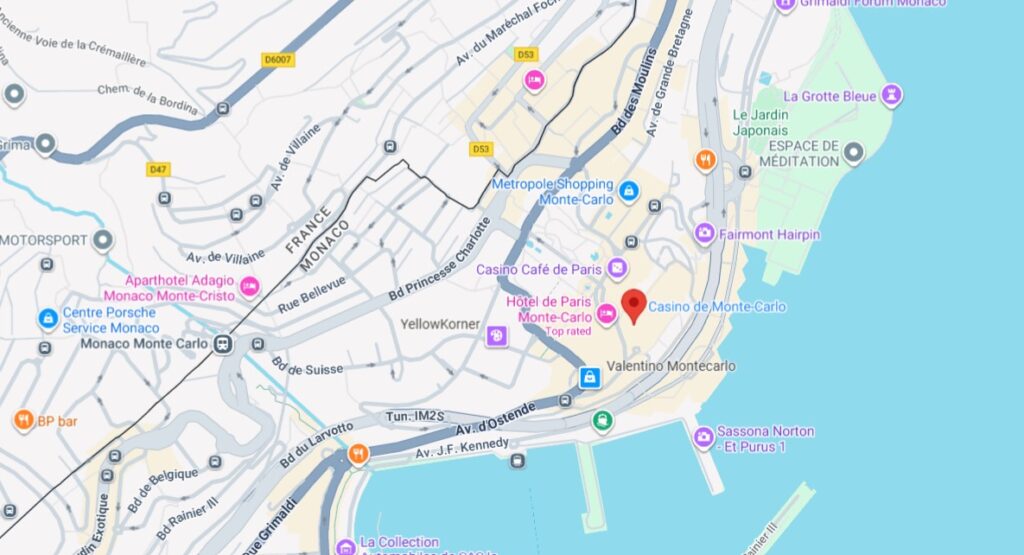
The Venetian Macao, Macau
Modeled on Venice with canals, arcades and gondolas under a glass roof, this mega-resort brings Italian motifs into the heart of Asia. Inside, the casino interior design mirrors Renaissance art, echoing even the scenes seen in the famous Casino Royale Venice building from the Bond film. The gaming hall stretches for acres, showcasing how themed casino architecture can create an immersive world of travel and fantasy.

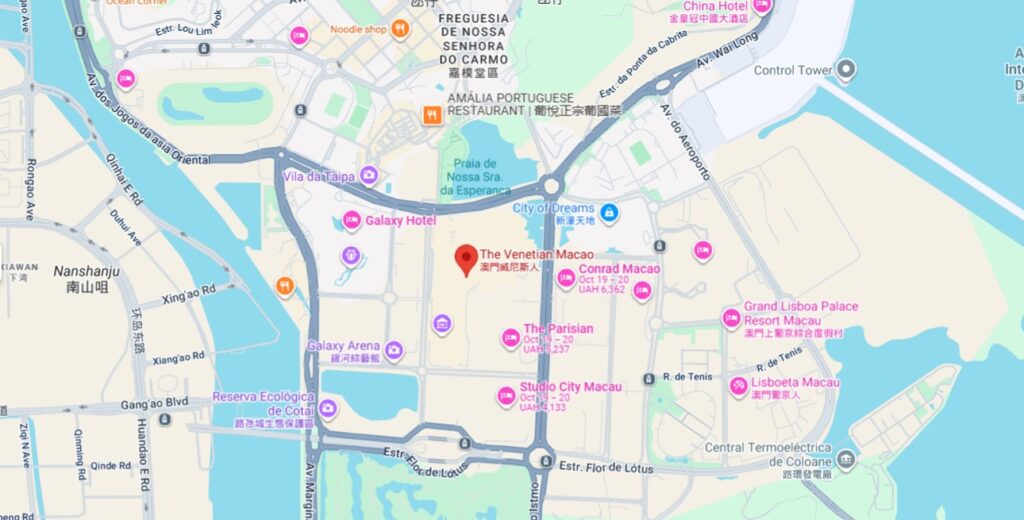
Grand Lisboa, Macau
This golden tower is shaped like a lotus flower and wrapped in reflective panels, signaling ambition and local identity. It has become a visual icon in Macau, representing the city’s blend of tradition and hypermodern casino architecture.
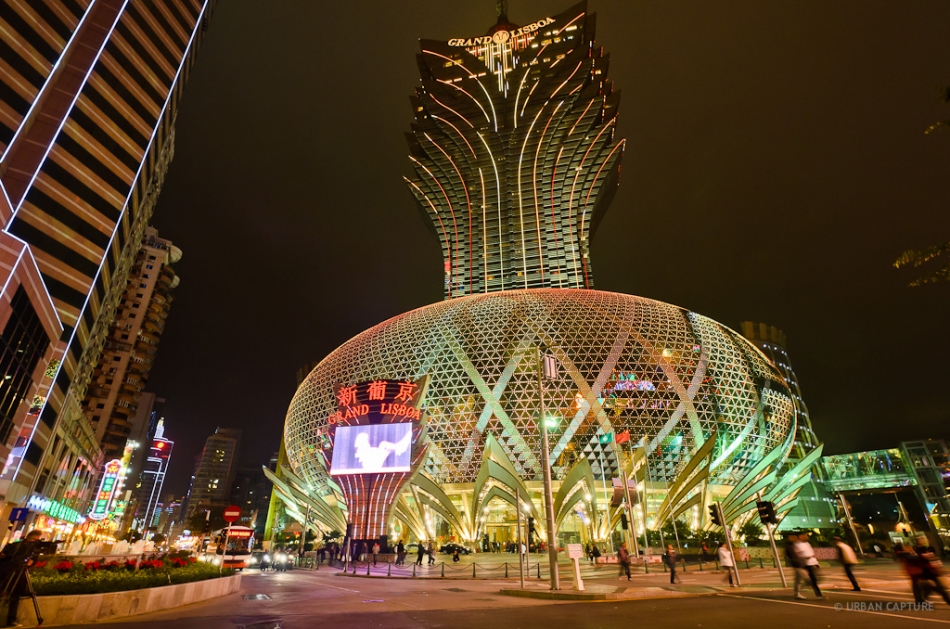

Marina Bay Sands, Singapore
Though technically part resort, its three towers topped with a sky park feel almost sculptural, merging landscape and city. It stands as a modern landmark in the Singapore skyline, marrying architecture, tourism and brand identity.
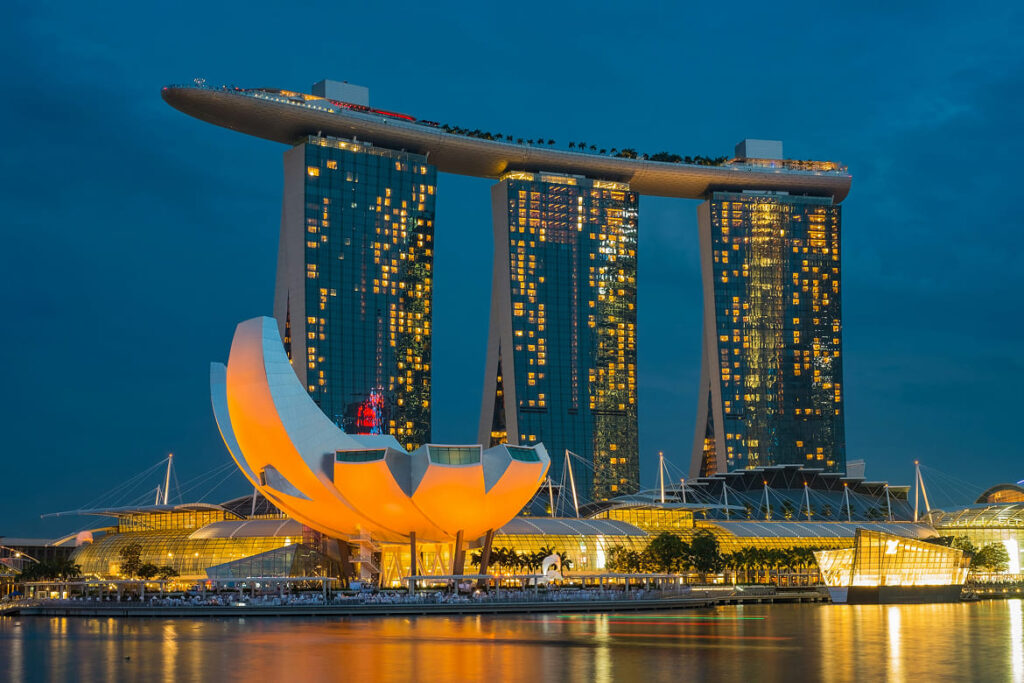
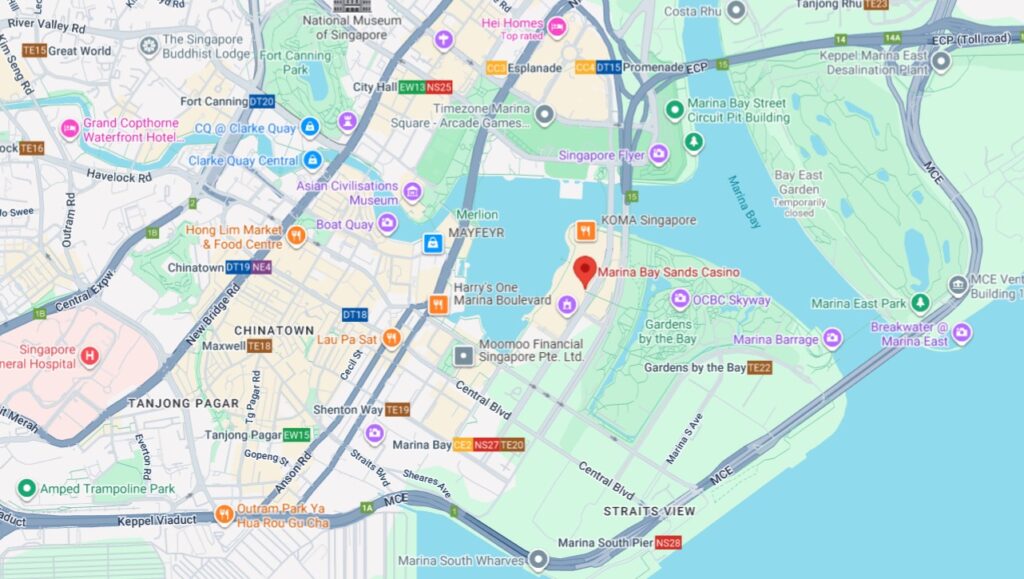
Hippodrome Casino, London
Housed in a converted Victorian theatre by Frank Matcham, this casino retains its ornate façade and grand atrium. It reinforces London’s character of layering historic architecture and modern function in city design.
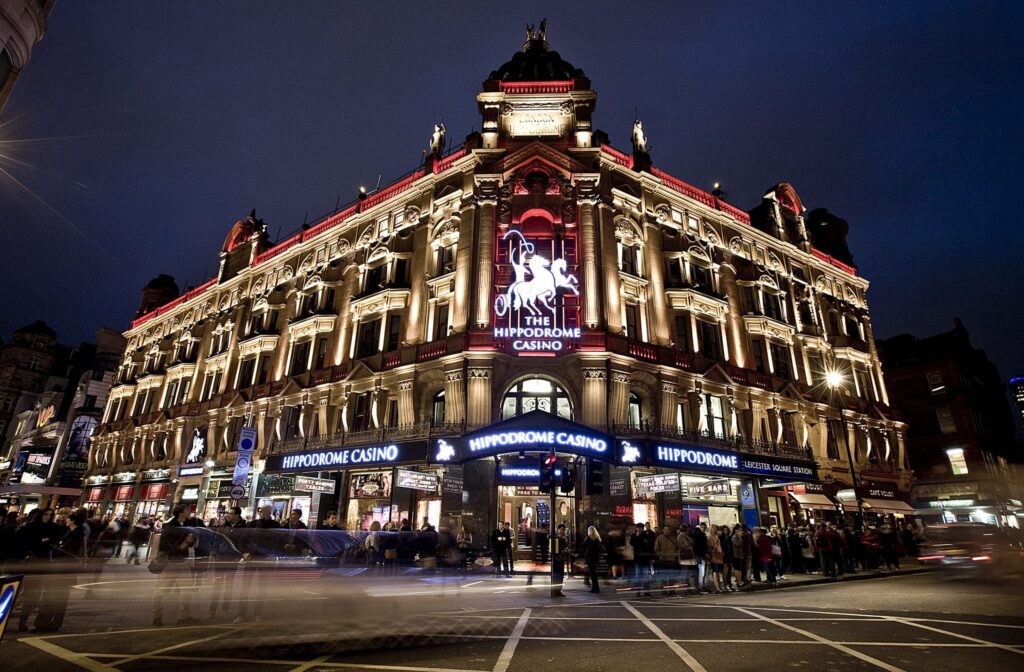
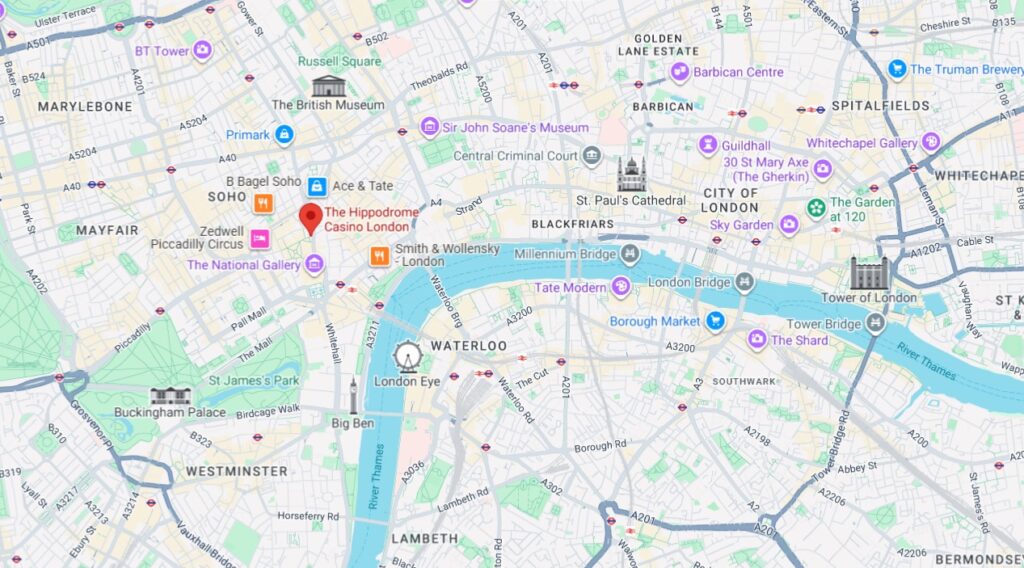
The Parisian Macao, Macau
This resort includes a half-scale Eiffel Tower, blending French motifs into Macau’s urban fabric. By invoking Parisian cues, it extends Macau’s identity toward international theatrical branding through casino architecture.


Bellagio, Las Vegas
Inspired by Italian lakeside villas, Bellagio features a grand water lake and elegant façades. It helped define the Las Vegas Strip’s visual identity as much by its fountains and gardens as by its casino spaces.
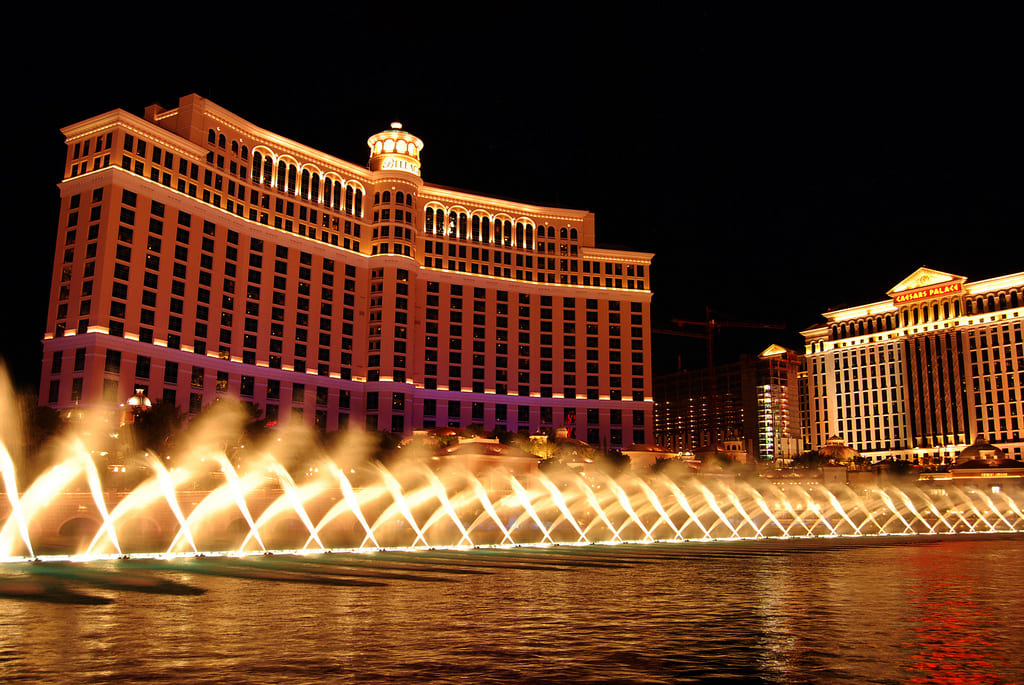
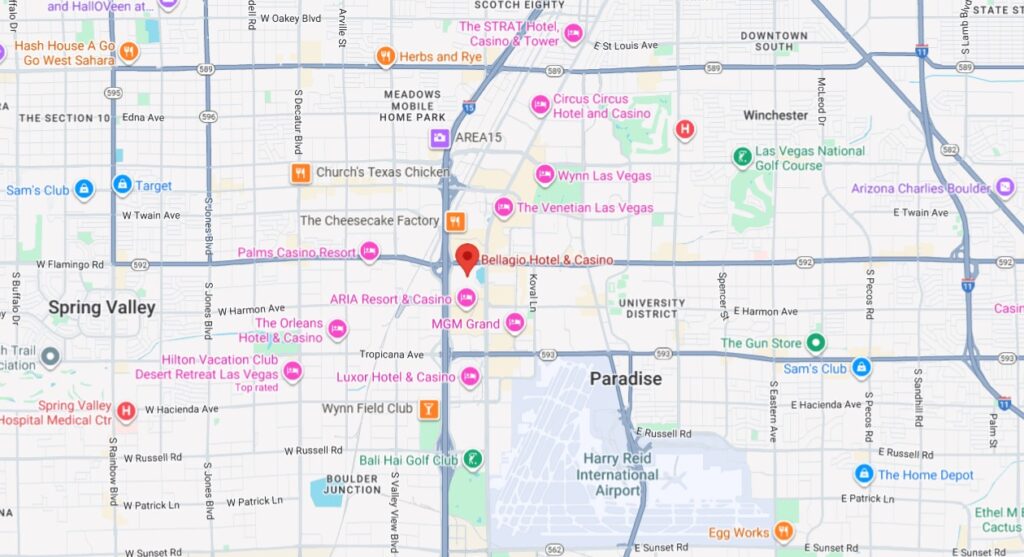
Casino de Montréal, Canada
Though less publicised, Casino de Montréal architecture is a fascinating example of adaptive reuse — converted from a 1967 World Expo pavilion into a striking modern casino building. Its glass façade and futuristic lines give it a distinct place among global casino landmarks. The interior combines open-air halls with modern lighting, creating a spacious and elegant gaming hall atmosphere.
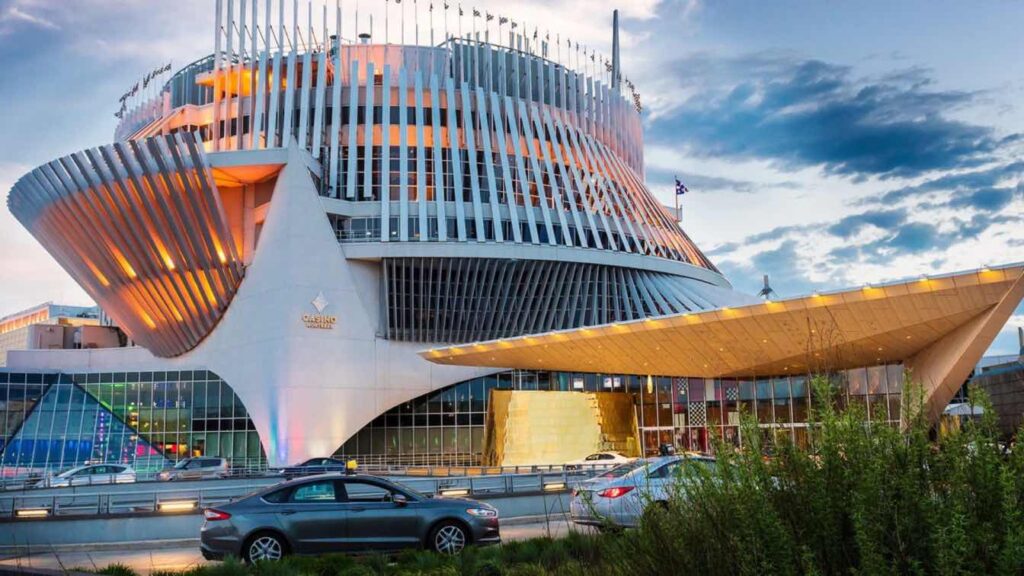
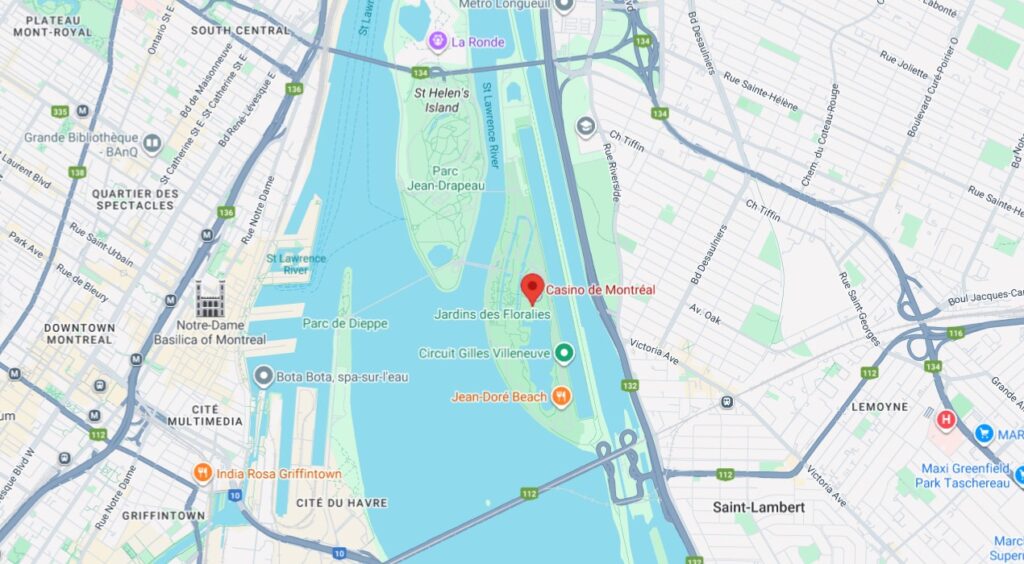
Conclusion
These casinos show how architecture can anchor a city’s brand in stone, glass and light. They become must-see landmarks and carry symbolic weight beyond their gaming floors. If you’re looking for alternatives to mainstream operators, discover top UK casinos not on GamStop.